This page provides a range of short briefs on key issues in greyhound racing.
Quick links
- On-track deaths and injuries: 2024, 2023, 2022, 20
21, 2020 - Regulation by state
- Fast facts
Public opinion – Australians do not support greyhound racing
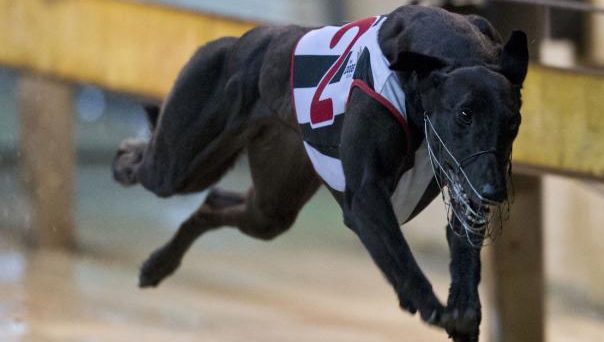
All surveys of the general population regarding public attitudes to greyhound racing show most Australians do not want greyhound racing to continue.
What the animal experts say
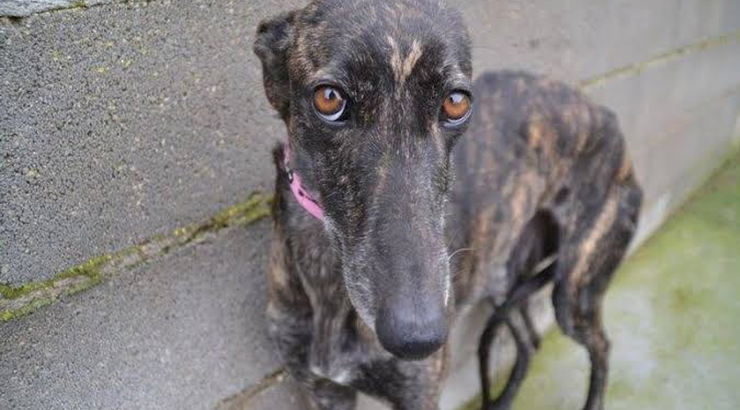
RSPCA Australia considers that there are significant and entrenched animal welfare problems inherent in the greyhound racing industry.
Stopping sponsors
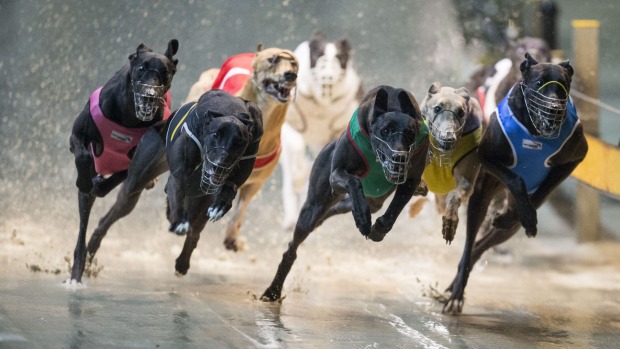
Once advised of the problems that are part of greyhound racing, a host of companies have declared they will ensure their advertising will never run during dog racing shows.
Euthanasia

The RSPCA says that due to the racing industry breeding more than 14,000 pups annually across Australia for racing, dogs are unavoidably bred that are unsuitable for racing.
Poor care standards
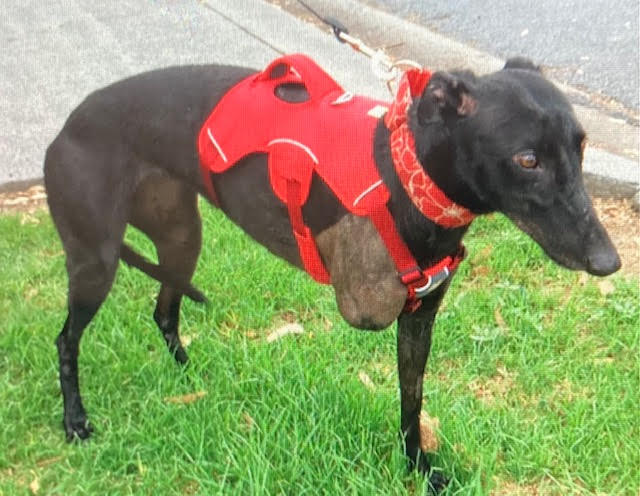
While every state has greyhound welfare standards of some kind, they aren't necessarily well enforced.
Soft penalties for abuse
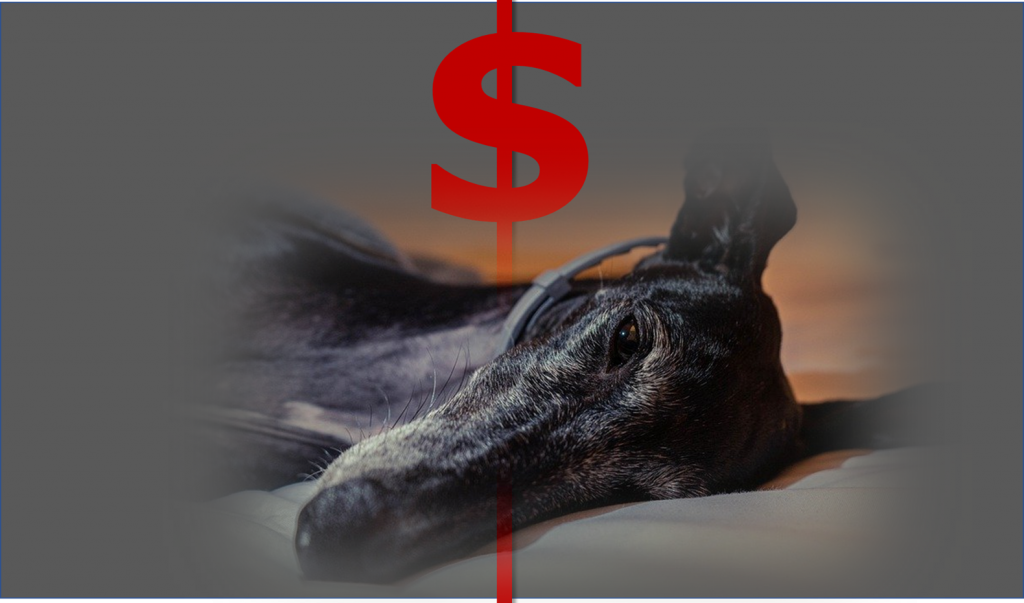
Published research shows most Australians feel strongly that penalties for animal abuse are too low and this also applies to greyhound racing.
Economic misinformation
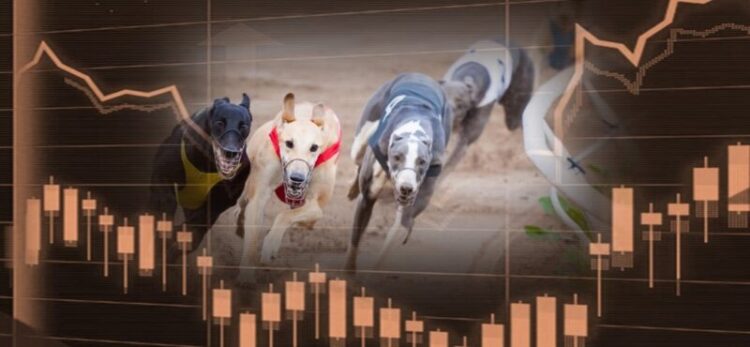
The dog racing industry commissions a regular supply of industry reports which are then used by state premiers to justify subsidising the industry with taxpayer dollars.
Children exposed to animal suffering
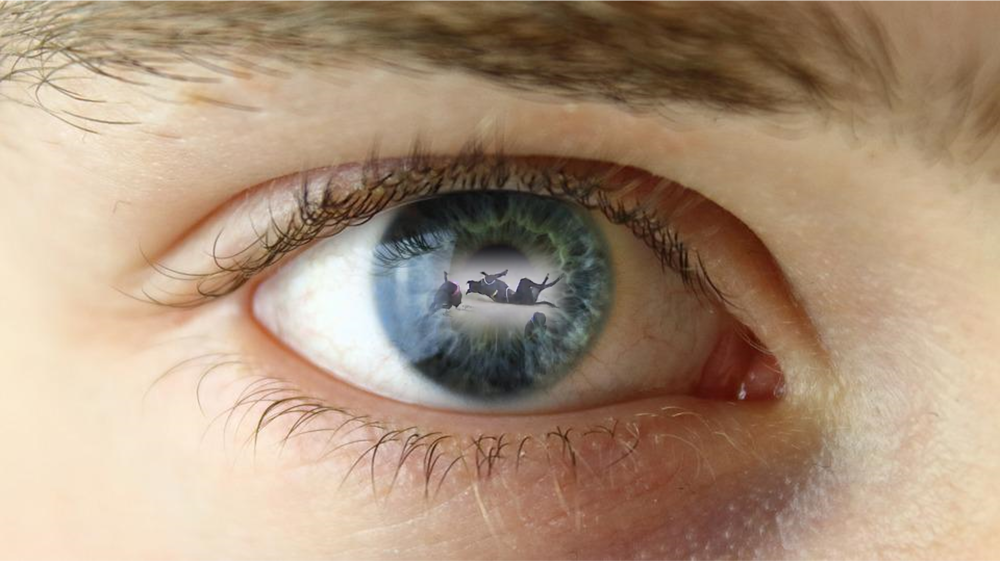
Research has shown that children forced to witness or participate in acts of animal cruelty can suffer serious psychological consequences.
On-track deaths and injuries
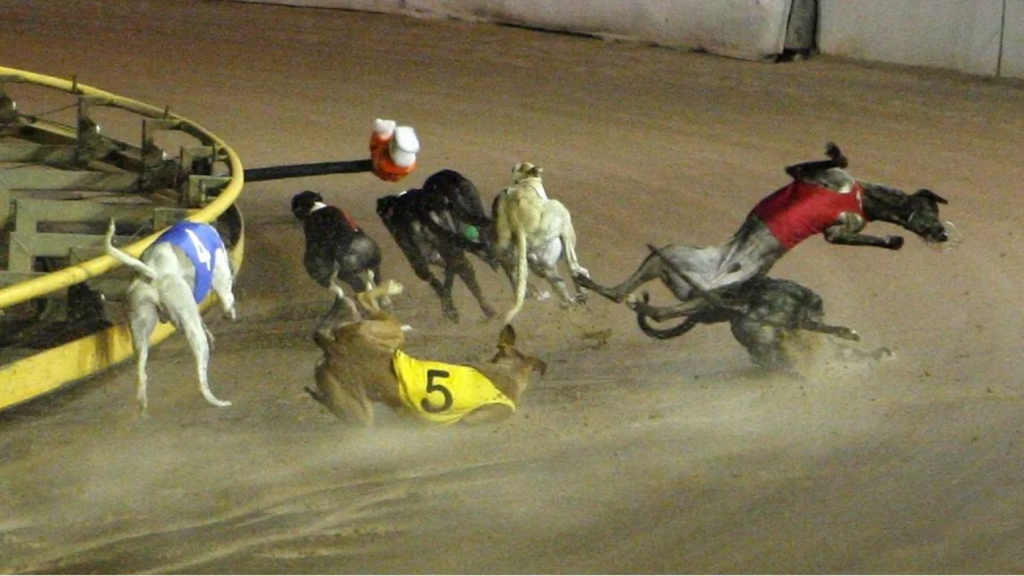
Injuries are very common in greyhound racing causing intense pain, suffering and distress. Serious bone fractures of the leg are the most common injury.
What causes the worst injuries
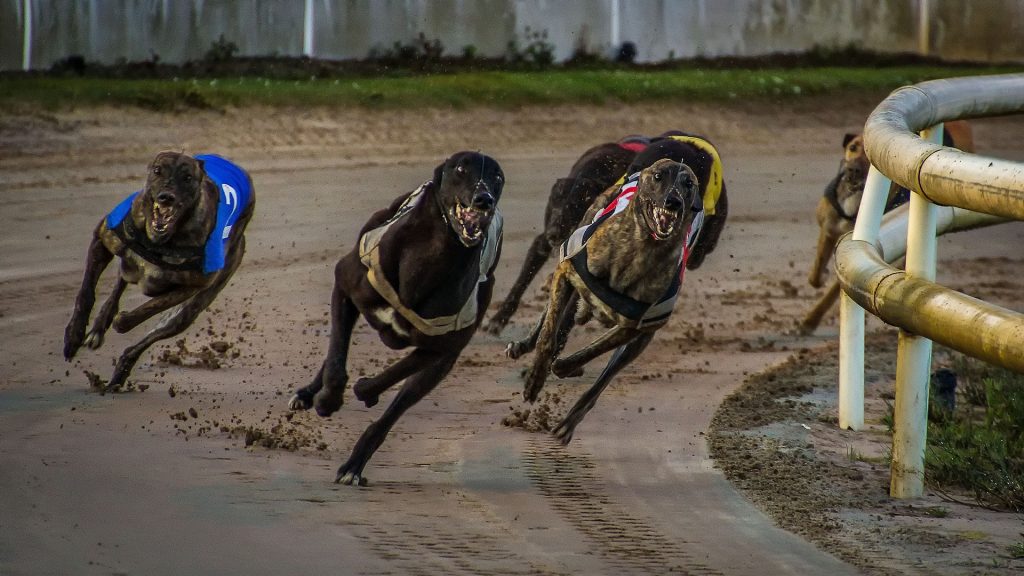
The most catastrophic injuries occur when greyhounds collide at speed of up to 68km per hour, particularly at track bends where they are attempting to turn and follow a lure position that is too close to the inside rail.
Optimal track design identified by UTS
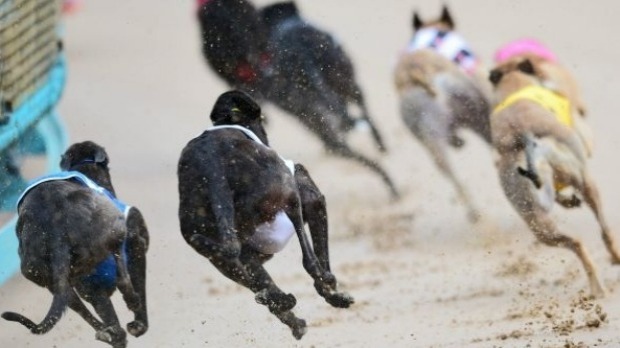
In 2017, the University of Technology, Sydney found that “Approximately 80% of all catastrophic and major injuries were caused by congestion and incidents such as checking, collision and galloping.”
Injury rebate schemes
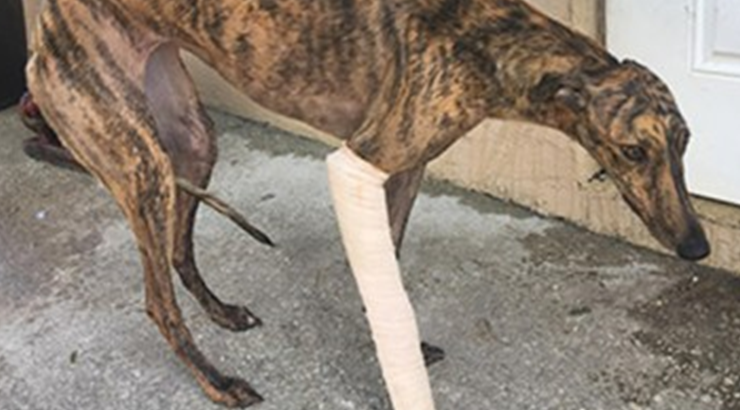
Rebate schemes are made available by the racing industry to owners who are unwilling or unable to pay for the treatment of serious injuries.
Overbreeding

Not every dog is suited to racing. Around 40% of the 11,000 greyhounds bred in Australia each year are surplus to requirements. The industry calls them 'initial wastage'.
Socialisation rules are not enforced
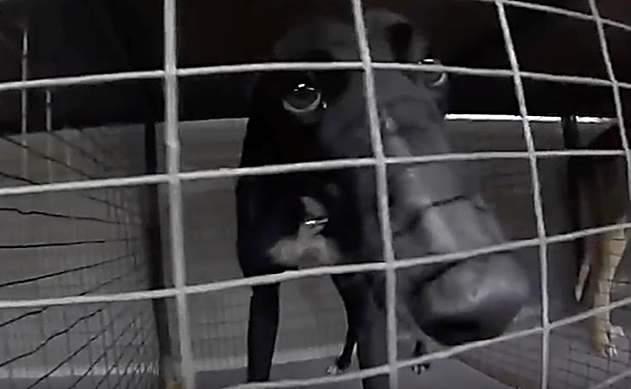
Community rescue groups reported the majority of greyhounds that come into their care display signs of stress and are fearful of humans
Over-racing
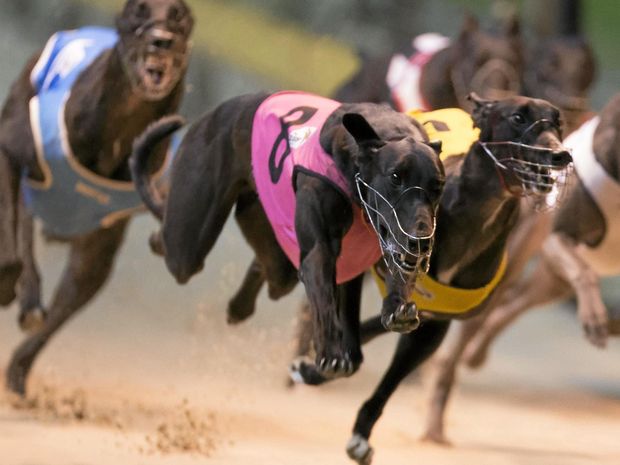
Owners and trainers in Australia can legally over-race greyhounds. This places racing dogs at risk of serious injuries, including fatal heart attacks.
Poor rehoming record
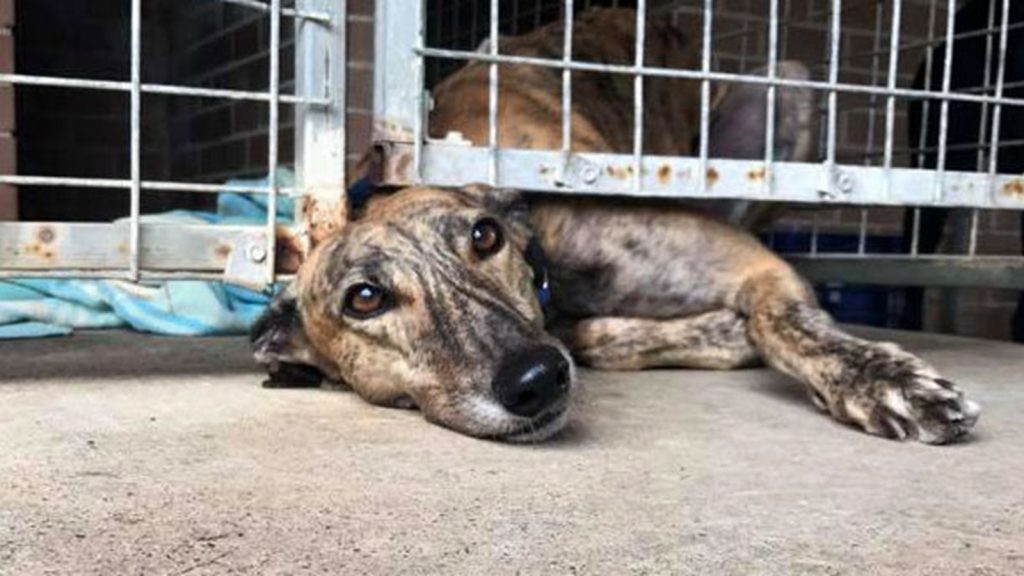
CPG's rehoming updates provide the only collated data on how the dog racing industry's rehoming arm (GAP) in each state is performing compared to community-run greyhound rescues.
The ‘disappeared’

There is a constant oversupply of greyhounds in Australia as the industry breeds far too many dogs in the hope of finding the one that will run fast enough to earn money.
Doping and drugging

In 2018 the Sydney Morning Herald reported that greyhounds test positive for drugs 10 times more than horses at races.
The ‘starts’ concept – fudging the stats
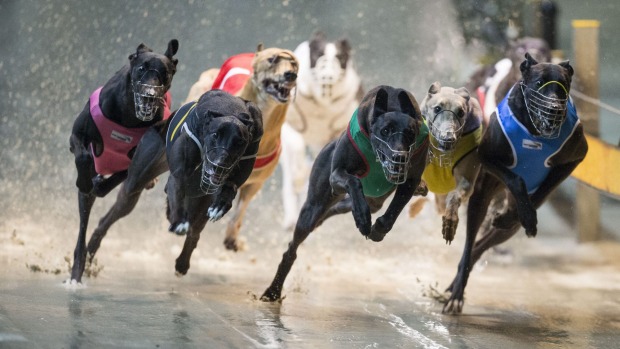
Around the world, the greyhound racing industry uses the concept of 'starts' to present its injury and death statistics.
Greyhound exports
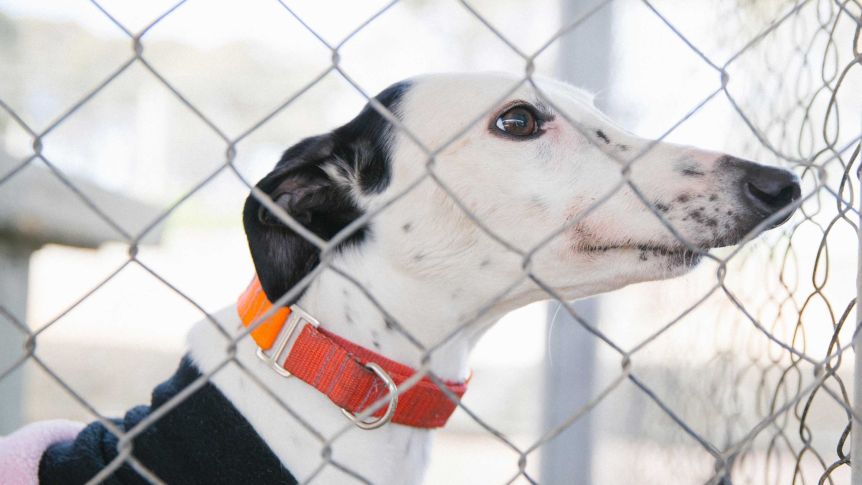
The Australian greyhound export trade has a long and bloody history. Will the new new Federal Government finally take ban greyhound exports.
Racing in heat
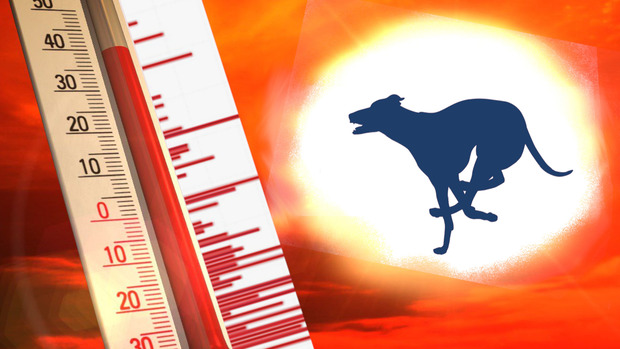
The risk of greyhounds developing heat illnesses significantly increases in temperatures above 31C.
Weak regulation

The RSPCA has long specified wide-ranging regulatory standards for the greyhound racing industry which state governments have failed to implement.
Lack of transparency

Clearly, if the racing industry had nothing to hide, it would release animal welfare data freely on a quarterly basis like these lifecycle records.
Live baiting

Live baiting usually involves attaching a small, helpless live animal to a lure which is then hurled around a track for a greyhound to chase and attack.
Evidence of cruelty

Greyhound racing is built on the sacrifice of young, healthy greyhounds when they fail to make money for the industry.
Terminal blood donation
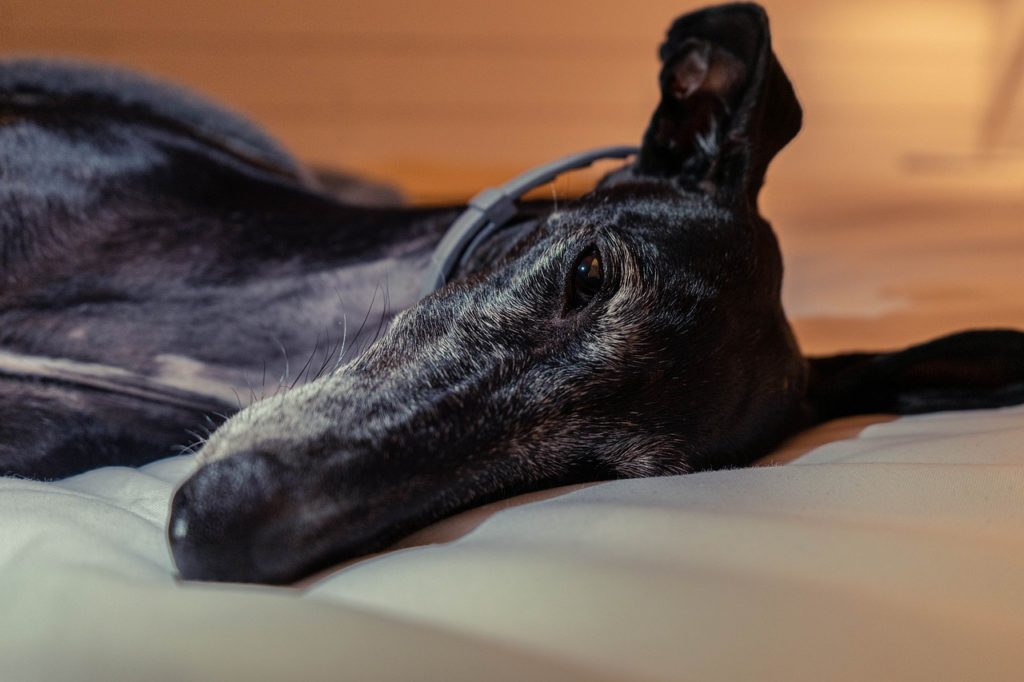
Her racing trainer took her to a local vet to have her euthanased four days after this terrible injury occurred.
A life of quiet desperation

Evidence demonstrates that most greyhounds are kept under inadequate conditions that fail to meet their physiological, behavioural and social needs.
Contaminated ‘knackery’ meat
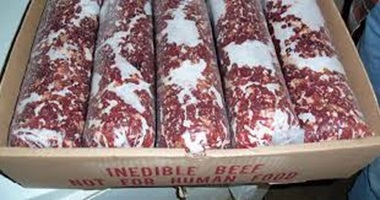
Many greyhounds across Australia are fed on a diet of knackery meat. This meat is unfit for human consumption and is sourced from dying, diseased, disabled and dead livestock.
Surgical artificial insemination
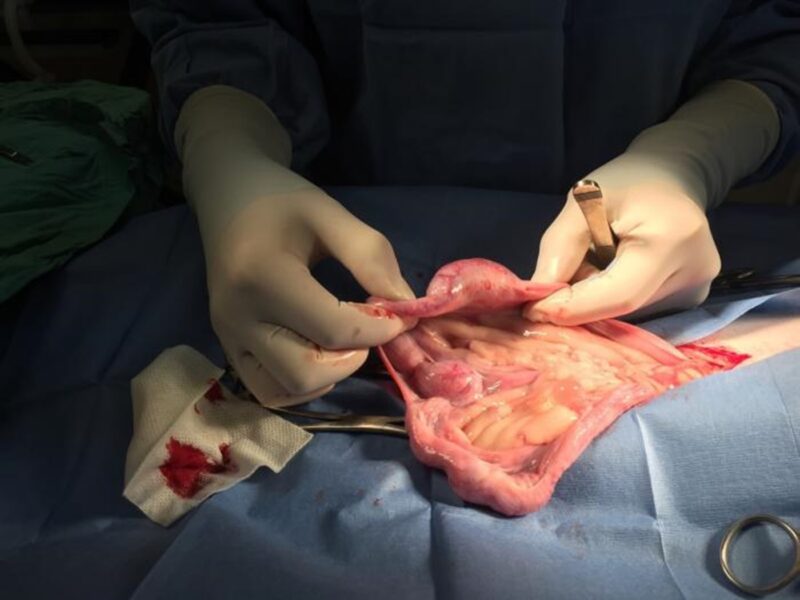
SAI extracts the uterus through an incision made in the dog's belly, then injects semen directly into the horns of the uterus
ABC expose and McHugh report

In 2015, Four Corners broadcast shocking footage of live rabbits and possums being tortured and ripped to pieces in order to “live bait” greyhounds.
Myth-busting: the 2016 NSW Greyhound Racing Ban
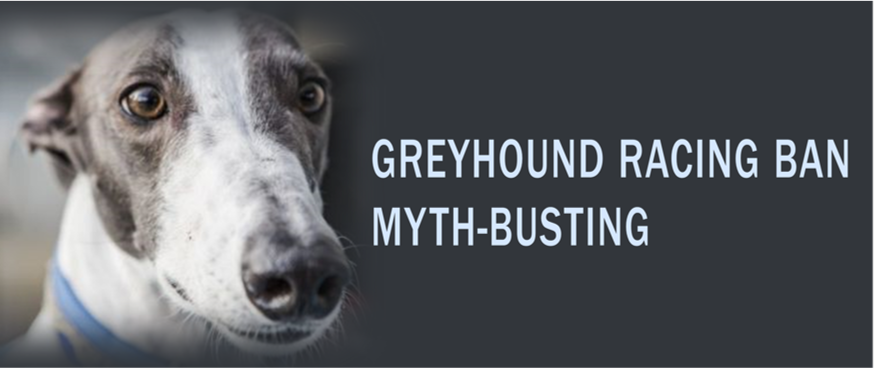
Following the NSW government decision to ban greyhound racing, there was an enormous amount of misinformation generated by the racing industry and its supporters. CPG busted the top 10 myths making the rounds. Many of them are still being used as excuses for the cruel exploitation of greyhounds.
A chance to reform
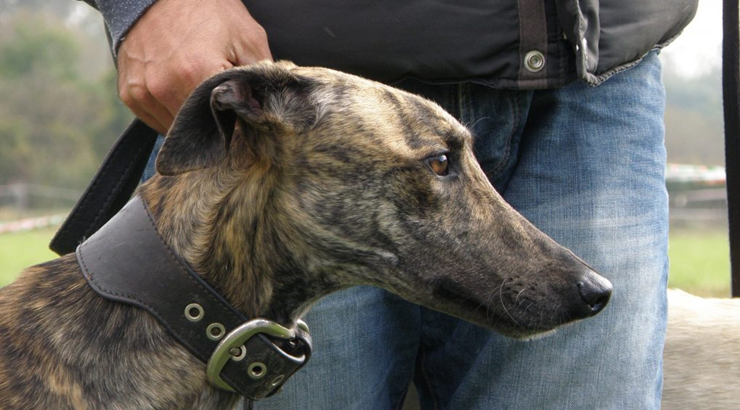
Despite evidence of systemic animal cruelty, the industry was given a chance to reform.
Australia – world’s largest commercial greyhound racing industry
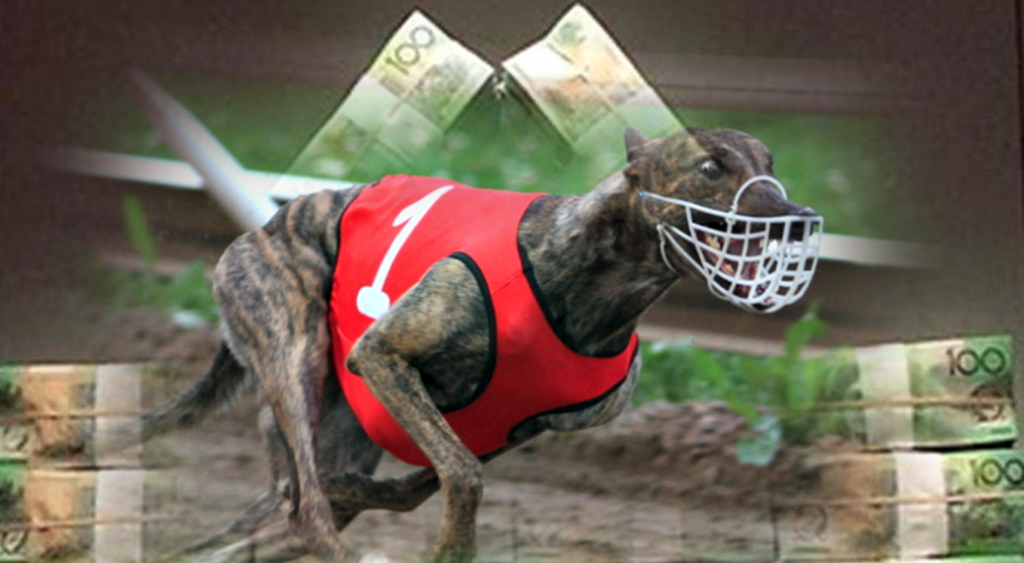
Australia is one of only eight countries in the world with a commercial greyhound racing industry — but it's by far the biggest.
Gambling – a public health issue
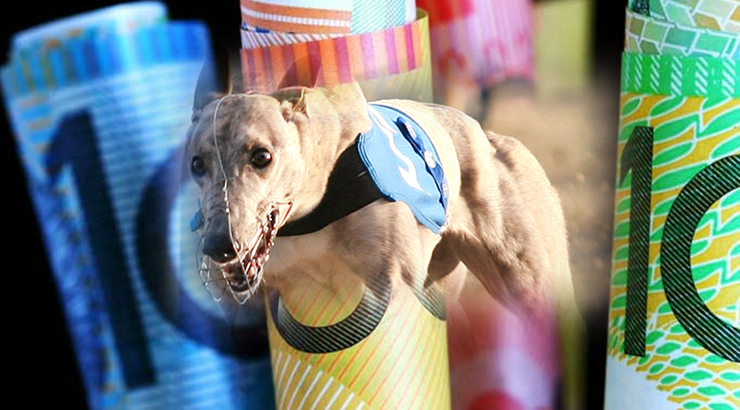
According to the latest reports, Australians are the biggest gamblers on earth, losing more than $24 billion in 2017/18.
Tabcorp

Tabcorp should work with its industry partners to make beneficial changes for racing dogs and horses.
Who bets on greyhounds
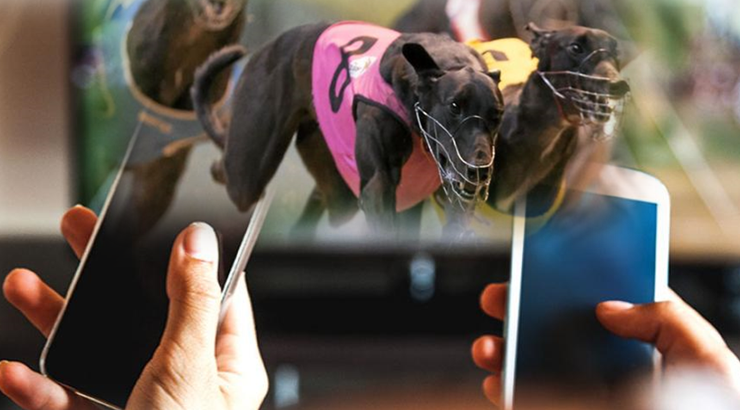
"among the 3.2% who bet on greyhounds, the average age is not quite 41—younger than the average Facebook website visitor, The Bachelor Australia viewer, or The Man from U.N.C.L.E movie-goer...
The black hole of Northern Territory greyhound racing
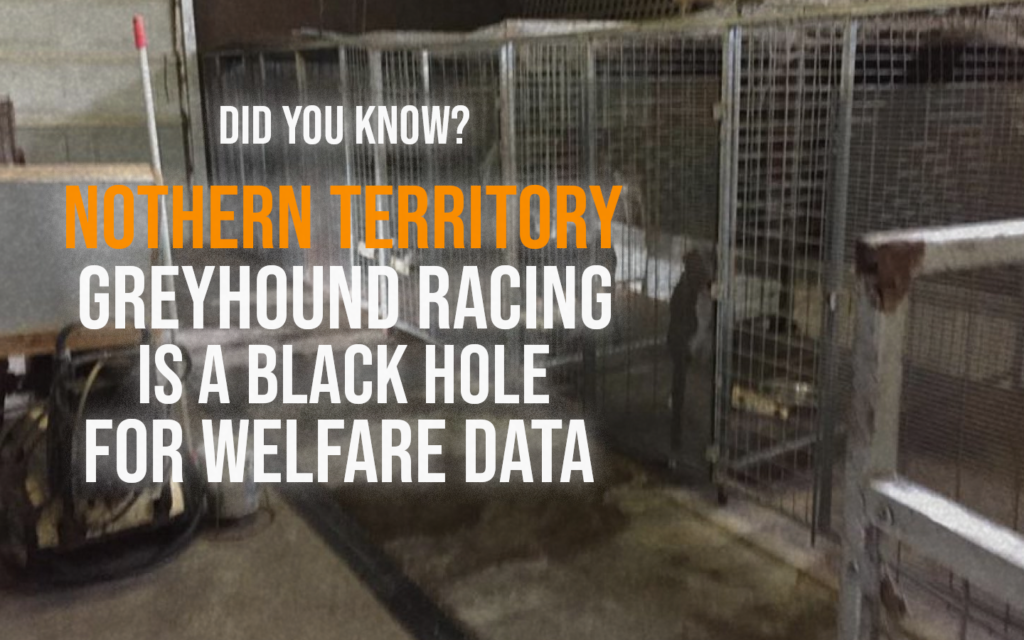
2021 independent report finds that NT greyhound racing "does not have adequate policies and procedures in place to ensure best practice animal welfare standards are being adhered to."
Investigation into the integrity of Tasmanian racing
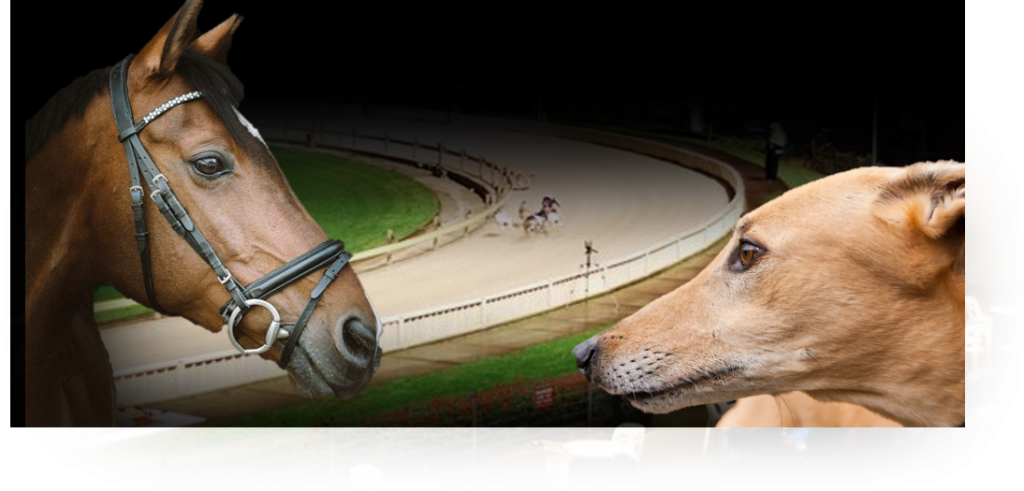
In September 2021, the Tasmanian Minister for Racing announced an investigation into the state's racing laws. This is likely to be a reaction to a string of ongoing issues with Tasracing and the Tasmanian Office of Racing Integrity (ORI).
Failure of the South Australian Government
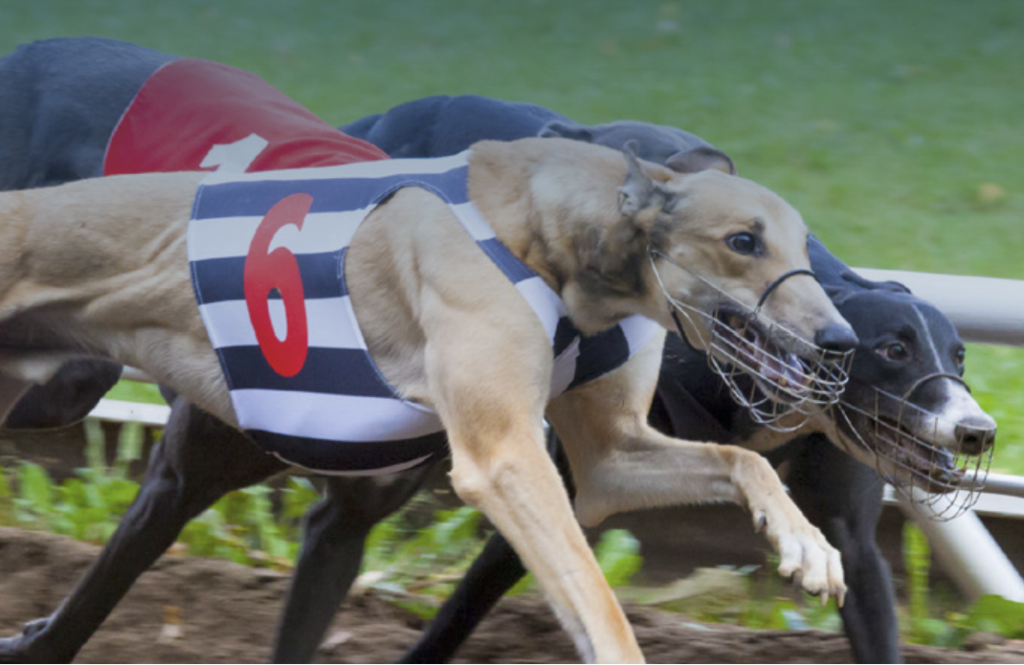
After appalling cruelty to greyhounds exposed by activists, this inquiry was established and found extensive regulatory failings in the SA dog racing industry, yet the SA Government gave it another two years to clean up its act.


